







| European Starling (Sturnus vulgaris (Linnaeus, 1758)) |








|
|
Scientific name: Sturnus vulgaris (Linnaeus, 1758) Common name: European Starling Other names: Common Starling French name: Étourneau sansonnet Order: Passeriformes Family: Sturnidae Size: Body size: from 17 to 21 cm; Wingspan: 37 cm; Weight: 60 to 95 g. Habitat: The European Starling can be found in many habitats. You can see it in any open landscape, cultivated areas, meadows, moorlands, open woodlands, semi-deserts, parks and gardens in town. Food: The European Starling is omnivorous and feeds on various food depending of what is available on place. It feeds on fruits (apples, cherries, grapes), on caterpillars and other insect larvae, on crustaceans and on molluscs. Nesting: The European Starling nests in holes with a preference for high locations (trees, houses, cliffs). Females lay 4 to 5 eggs between April and June. There are sometimes 2 or 6 broods per year. Both parents take care of the young birds. Migration: Sedentary. Northern European birds move southwards in winter. Geographic area: All Europe, Asia Minor, Central Asia east to Mongolia. It was introduced to North America, South Africa, Australia and New Zealand. |
The European Starling has a round body, short triangle-shaped pointed wings, a short square tail. The bright yellow pointed bill is conical. The adult's plumage is a black colour with a green sheen. There are white spots on the upperside and on the underside during winter. Females are a duller colour. Juveniles are brown. European Starling can form large flocks up to 100000 birds. |
| [To know more about the European Starling] [Next picture] [Top] |

|
North American Starlings have been less shy than their European cousins. The winter plumage, speckled with white dots, is really very pretty. |
| [To know more about the European Starling] [Next picture] [Previous picture] [Top] |

|
Another close view of the winter plumage. |
| [To know more about the European Starling] [Next picture] [Previous picture] [Top] |
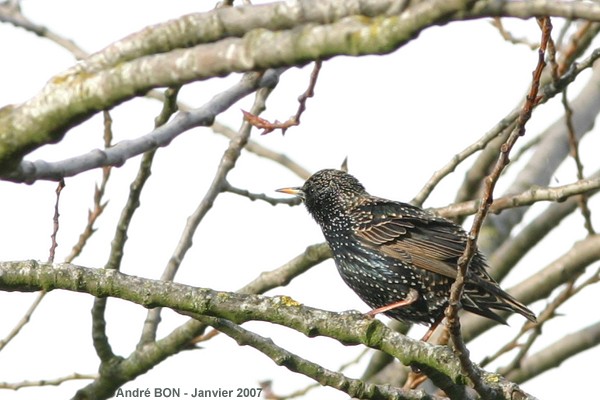
|
I had some difficulties to find the correct exposure settings because of the high contrast between the sky and the dark colour of the bird. I got the best result by using exposure memorization pointing to the poplar's trunk. |
| [To know more about the European Starling] [Next picture] [Previous picture] [Top] |
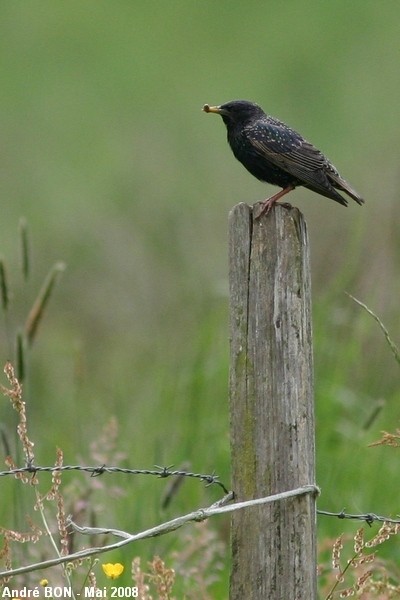
|
The eye is missing a small white reflection mark so that the picture is better. I will try to do my best next time. |
| [To know more about the European Starling] [Next picture] [Previous picture] [Top] |
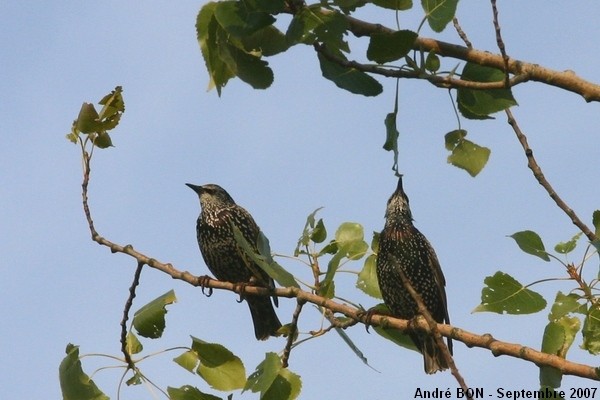
|
Though Common Starlings are very common birds I haven't shot many pictures of them. |
| [To know more about the European Starling] [Next picture] [Previous picture] [Top] |
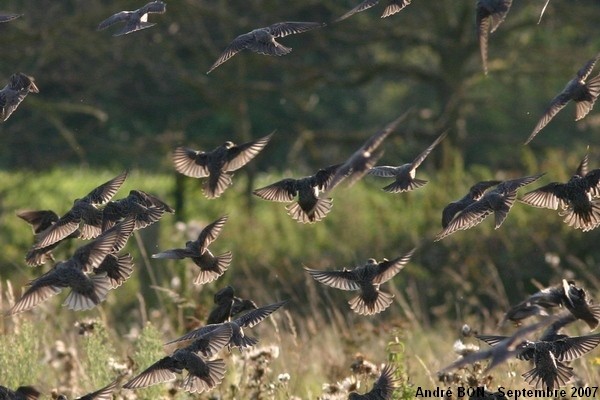
|
I have switched to all manual settings, focus and exposure control, to shoot this picture. |
| [To know more about the European Starling] [Next picture] [Previous picture] [Top] |
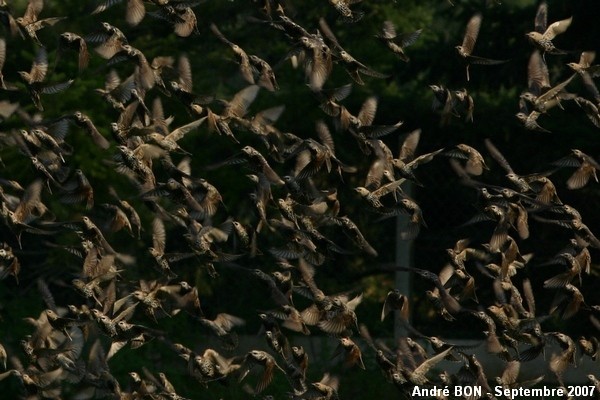
|
A huge flock of Common Starlings, landed on the ground, took off as soon as I came near. |
| [To know more about the European Starling] [Previous picture] [Top] |
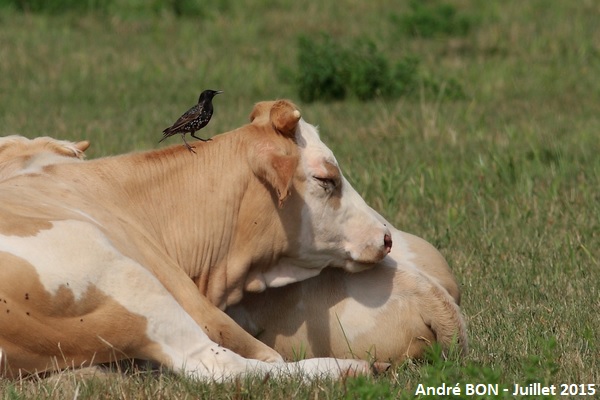
|
Common Starlings love the company of cows for the insects that gravitate around them. Their presence seems well accepted. |